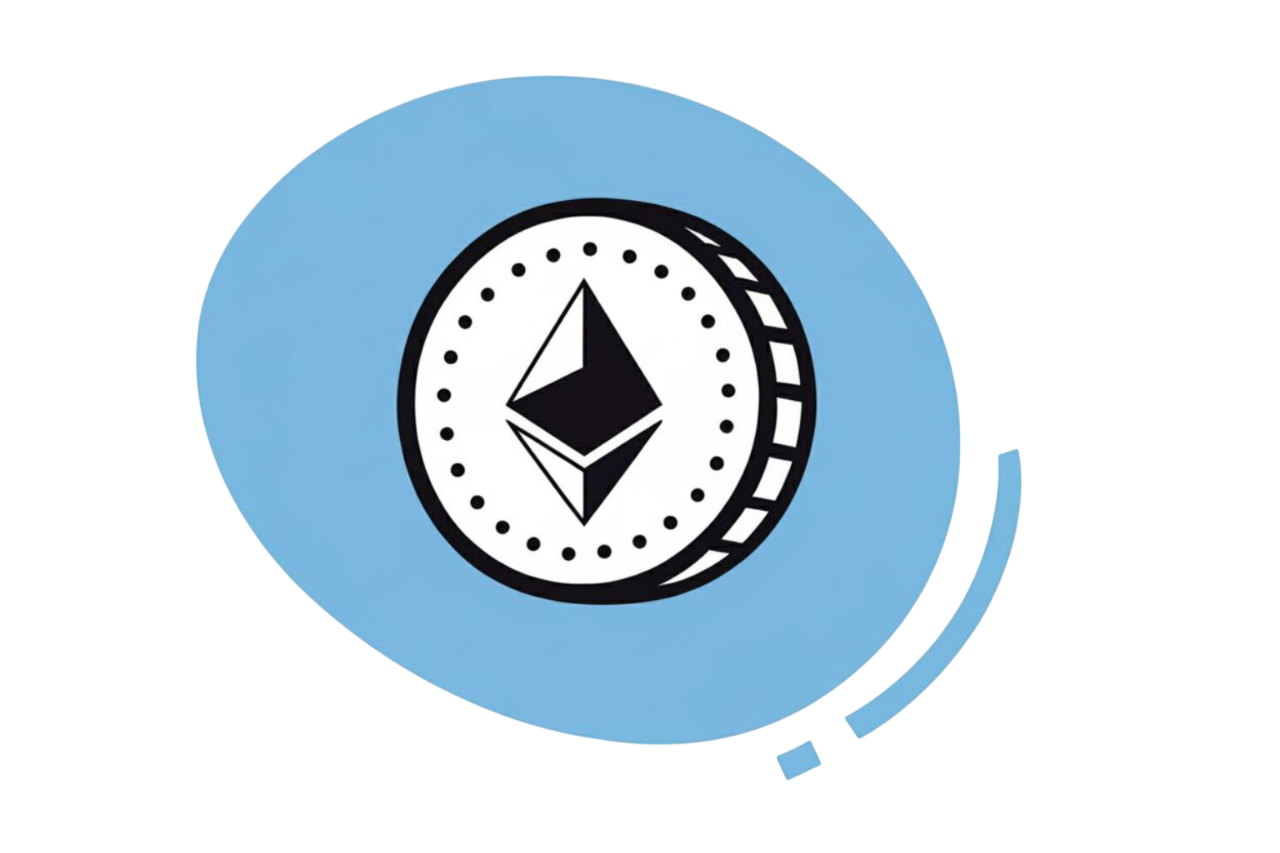7.1 What is Ethereum?


Ethereum is a decentralized blockchain network and software development platform that extends beyond simple cryptocurrency transactions to enable programmable applications and assets. At its core, it functions as a global, open-source infrastructure where anyone with an internet connection can participate without needing permission from centralized authorities like banks or governments. Powered by its native cryptocurrency, ether (ETH), Ethereum supports the creation and operation of thousands of other cryptocurrencies, decentralized applications (dApps), and digital assets such as non-fungible tokens (NFTs) and stablecoins. This ecosystem is often referred to as "web3," symbolizing a new era of the internet focused on user ownership, transparency, and decentralization, where individuals control their data and assets rather than relying on tech giants.
Historically, Ethereum was conceptualized in a 2013 white paper by Vitalik Buterin, who envisioned a blockchain that could handle not just money but also complex applications. In 2014, the Ethereum Foundation was established, raising funds through a crowdfunding campaign that sold ETH to early supporters. The network launched in July 2015 with the "Frontier" release, marking the beginning of its live operations.
Pivotal Milestones
Ethereum's development has been marked by several pivotal milestones that have shaped its evolution:
- 2016 DAO Hack and Hard Fork: A significant security breach in The DAO, a decentralized organization, led to a controversial hard fork, resulting in the creation of Ethereum Classic and reinforcing Ethereum's commitment to community-driven governance.
- 2020 Beacon Chain Launch: The introduction of the Beacon Chain initiated Ethereum's transition to proof-of-stake, laying the foundation for a more scalable and energy-efficient network.
- 2021 London Upgrade: This upgrade introduced EIP-1559, improving gas fee predictability by implementing a base fee mechanism, enhancing user experience and network efficiency.
- 2022 Merge: A landmark event, the Merge transitioned Ethereum from energy-intensive proof-of-work to proof-of-stake, reducing energy consumption by over 99% and solidifying its environmental sustainability.
More recently, the Pectra upgrade in May 2025 enhanced wallet usability, staking flexibility, and compatibility with layer 2 (L2) networks, while the upcoming Fusaka upgrade in December 2025 aims to boost 'blob' (binary large object) capacity for further scaling. These developments are governed through Ethereum Improvement Proposals (EIPs), where community members, developers, and stakeholders propose and vote on changes, ensuring decentralized evolution.
Key Features
Ethereum's distinctive features differentiate it from traditional systems:
- Censorship Resistance: Transactions and applications cannot be arbitrarily blocked or altered, as the network is maintained by thousands of independent nodes worldwide.
- Security: The distributed node network, each syncing the entire blockchain state, makes attacks economically unfeasible, requiring control over more than half of the staked ETH—a costly barrier.
- Reliability: The network operates seamlessly even if some nodes fail due to outages or attacks, ensuring consistent performance.
- Scalability: Integration with layer-2 solutions like Optimism, Arbitrum, ZKSync, and Base enables off-chain transaction processing for faster speeds and lower costs, handling millions of daily transactions worth billions in value.
Proof-of-Stake Consensus
Ethereum operates using a proof-of-stake (PoS) consensus mechanism, where validators stake ETH as collateral to propose and validate blocks of transactions. Validators are randomly selected to add blocks, earning rewards for honest behavior and facing penalties (slashing) for misconduct. This approach is significantly more energy-efficient than Bitcoin’s proof-of-work (PoW), where miners compete to solve computational puzzles.
Transaction Processing
Transactions on Ethereum involve signing instructions with a private key and broadcasting them to the network. These transactions are included in blocks and, if applicable, executed via smart contracts. All data is transparent and immutable, stored in a modified Merkle Patricia Trie for efficient verification.
Comparison with Bitcoin
Compared to Bitcoin, which primarily serves as "digital gold" with a fixed 21 million coin supply and basic scripting for payments, Ethereum is a versatile platform for building applications. Bitcoin focuses on being a store-of-value with high energy consumption via PoW, whereas Ethereum supports a dynamic supply (new ETH issued to validators, with fees burned to potentially make it deflationary) and enables complex functionalities like DeFi and NFTs through its programmability.
"Founded by Vitalik Buterin in 2015, Ethereum is an open-sourced blockchain technology that lets users create and deploy decentralized applications (dApps)."
Now that you have a solid understanding of what Ethereum is—a decentralized platform enabling smart contracts and dApps—you can begin to appreciate the powerful infrastructure that makes it all work.
But to truly understand how Ethereum functions under the hood, we need to look deeper into the mechanics that power the network.
In the next lesson, we'll explore two critical components: gas fees—the cost of doing anything on Ethereum—and the Ethereum Virtual Machine (EVM), the computation engine that brings smart contracts to life. Understanding how these elements interact will give you a much clearer picture of how Ethereum maintains security, efficiency, and decentralization at scale.

